#Iglesia De Santa María
Explore tagged Tumblr posts
Text




























Peñíscola was conquered during the French occupation by the Napoleonic general Suchet, on February 2, 1812.
#Peñíscola#conquered#2 February 1812#anniversary#Spanish history#Mediterranean Sea#Valencian Community#Province of Castellón#España#Baix Maestrat#summer 2021#original photography#old town#architecture#cityscape#tourist attraction#Castell de Peníscola#Sant Pere’s Gate#Iglesia de Santa María#Ermita de la Virgen de la Ermitana#beach#Spain#Southern Europe#Southern Spain#vacation#travel#landmark
2 notes
·
View notes
Video
St. Mary's Church and the puddle by Pascal Volk
#Berlin#Berlin Mitte#Europe#Germany#Marienkirche#Mitte#Park am Fernsehturm#St. Mary's Church#Iglesia de Santa María#Langzeitbelichtung#long-exposure#Larga exposición#slow shutter#Charco#Pfütze#Puddle#Spiegelung#Reflexion#Reflection#Reflexión#Reflejo#Réflexion#Wasserspiegelung#Reflexión del agua#Water Reflection#ARTinBW#schwarz#weiß#black#white
1 note
·
View note
Text
Valencia | Verborgen schatten in het hart van de oude binnenstad
Maandag, 13 juni 2016 | Valencia, de derde grootste stad van Spanje, biedt een schat aan historische en culturele bezienswaardigheden. Onze recente dagtrip door het oude centrum van deze bruisende metropool was een ware ontdekkingsreis door de tijd, waarbij we werden ondergedompeld in de rijke geschiedenis en levendige sfeer van de stad. De Perfecte Uitvalsbasis Ons verblijf aan Plaza de la…
#2016#Agua de Valencia#Barrio del Carmen#Basilica de la Virgen de los Desamparados#Calle Caballeros#Catedral de Santa María de Valencia#Iglesia de los Santos Juanes#Jos Saris#Lonja de la Seda#Mercado Central Valencia#Paella#Plaza de la Almoina#Plaza de la Reina#Plaza de la Virgin#Spanje#Travel#Valencia
0 notes
Text










Muxia. Iglesia de Santa María de la Barca de Muxía. Océano Atlántico. Lugar emblemático. 20 de agosto de 2024.
#Muxia#oceano atlantico#historia#atlantic ocean#virgen de Santa María de la Barca#iglesia de Muxia#august 2024
1 note
·
View note
Text
El incomprensible desprecio de Bergoglio: el Papa se va a morir sin haber visitado España
El pontífice argentino parece haberse adherido a la ignorante hispanofobia de López Obrador y otros incultos dirigentes del Cono Sur

#noticiaspropronews#noticias#PROPRONews#políticos#José María Pagador#Mario Bergoglio#Iglesia Católica#Bernardito Cleopas Auza#Estado Vaticano#papa francisco#Nunciatura de la Santa Sede en España#Conferencia Episcopal Española
1 note
·
View note
Text
Ronda de enlaces (25/03/2024)
Como lunes que es, vamos con otra ronda de enlaces. Exactamente igual que en semanas anteriores, no he podido poner ninguna cosa interesante en las Curiosidades, pero otros sí tienen enlaces que merece la pena leer, así que os los dejo a continuación: Continue reading Ronda de enlaces (25/03/2024)

View On WordPress
#Alemania#Arquitectura#Biblioteca Marciana#Caravaca de la Cruz#Colonia#Escultura#España#Felipe V#Fiestas populares#Fiestas religiosas#Fuentes#Fuentes y jardines#G K Chesterton#Gastronomía#Gustavo Adolfo Bécquer#Herculano#Historia#Iglesia de Santa María en Capitolio(Colonia)#Isabel de Farnesio#Madrid#Murcia#Pompeya#Princesa de los Ursinos#Quinta de Vista Alegre#Recaredo#Reino Visigodo de España#Relieves#Románico
0 notes
Video
youtube
Murcia : Santa Iglesia Catedral de Santa María
0 notes
Text
Imagen de dos hombres al lado del Árbol del Tule en el atrio de la Iglesia Santa María de la Asunción. Oaxaca, México.
Ca. 1909
Este gigantesco ahuehuete se calcula que tiene de más de 2000 años de antigüedad.
Investigaciones genéticas han demostrado que el Árbol del Tule podría ser el resultado de la fusión de varios troncos que crecieron juntos con el paso del tiempo. Esto explicaría su enorme tamaño y la complejidad de su estructura.

#méxico#retro vintage#mexico#retro#mexican#retrostyle#vintage#historia#arbol#arboles#tule#árbol del tule#oaxaca#urban photography#photography#photooftheday#black and white#blanco y negro#mexique
88 notes
·
View notes
Text

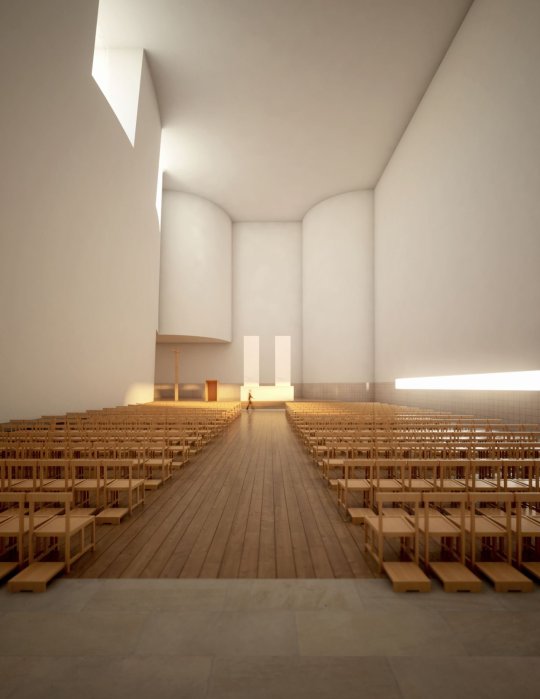

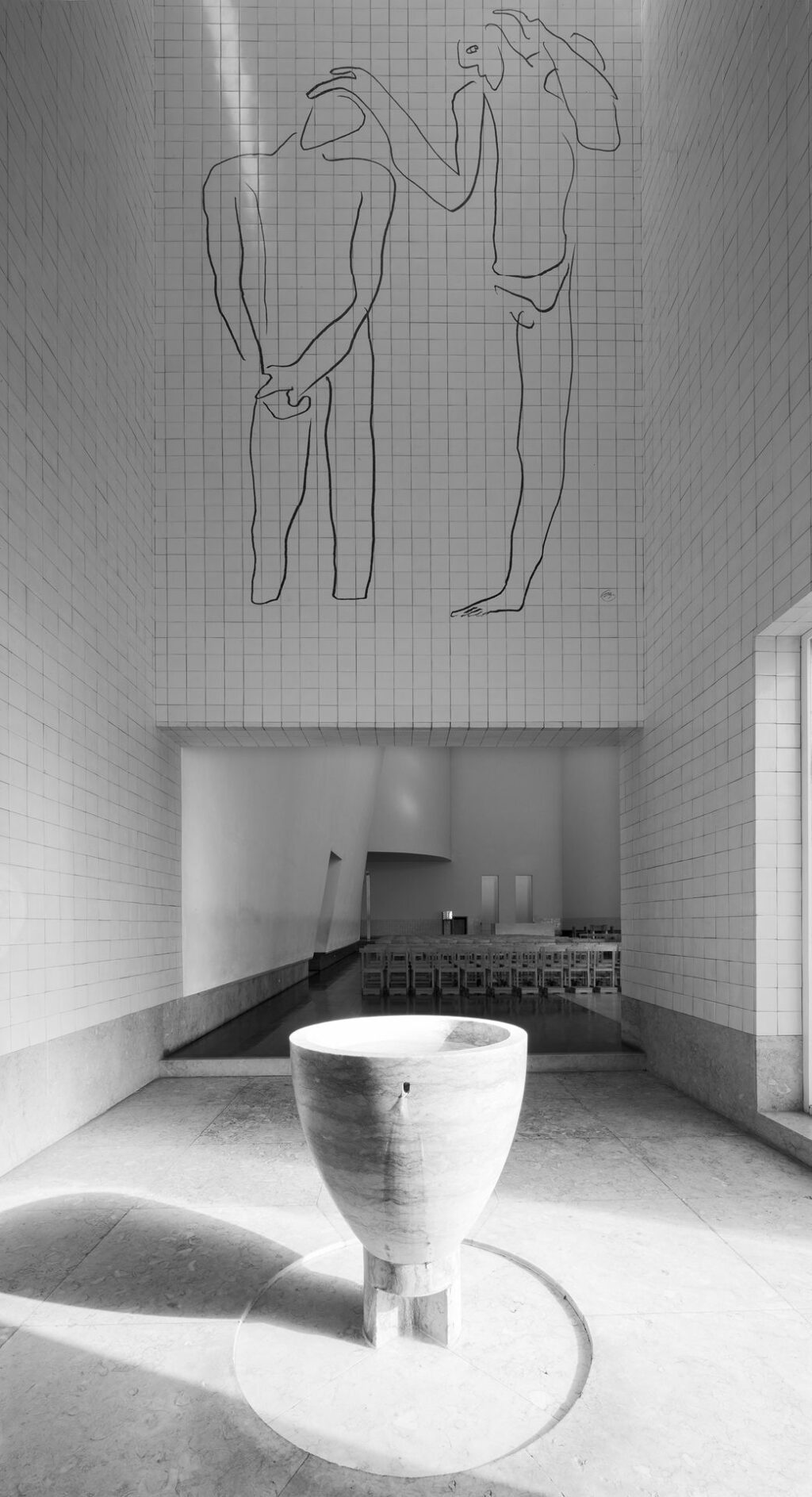


Iglesia Santa María
1996
Alvaro Siza
Marco de Canavezes, Porto, Portugal
237 notes
·
View notes
Text


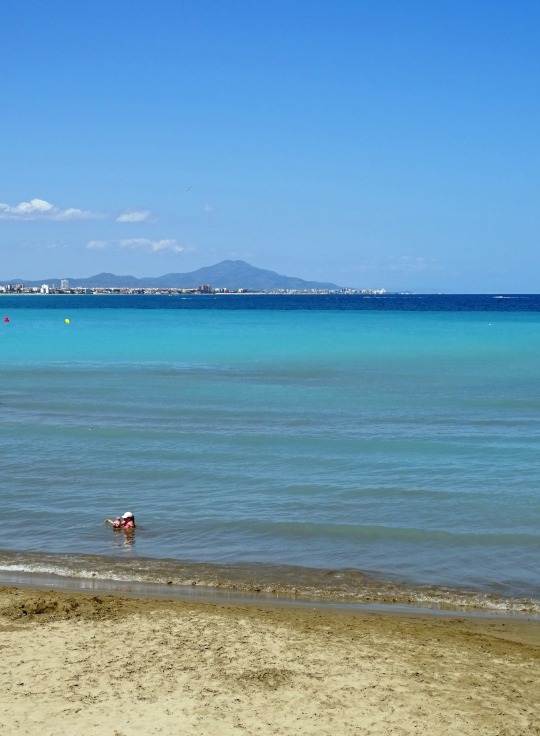


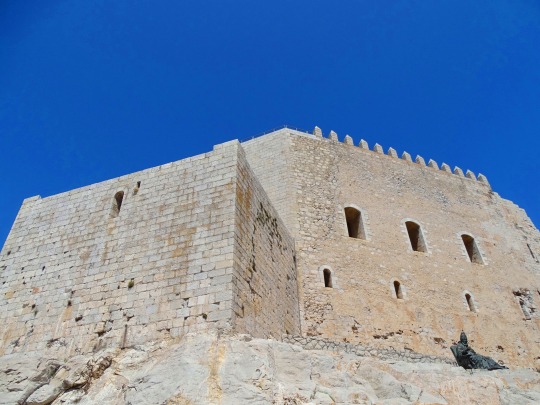
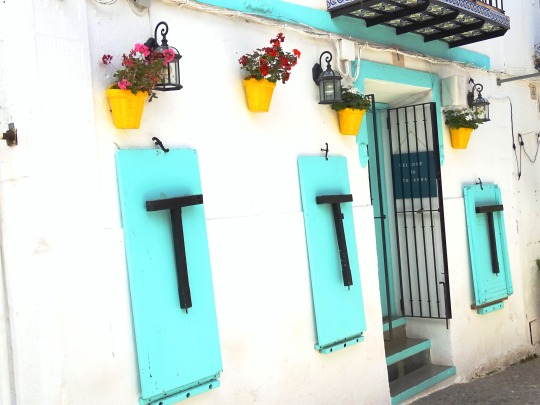




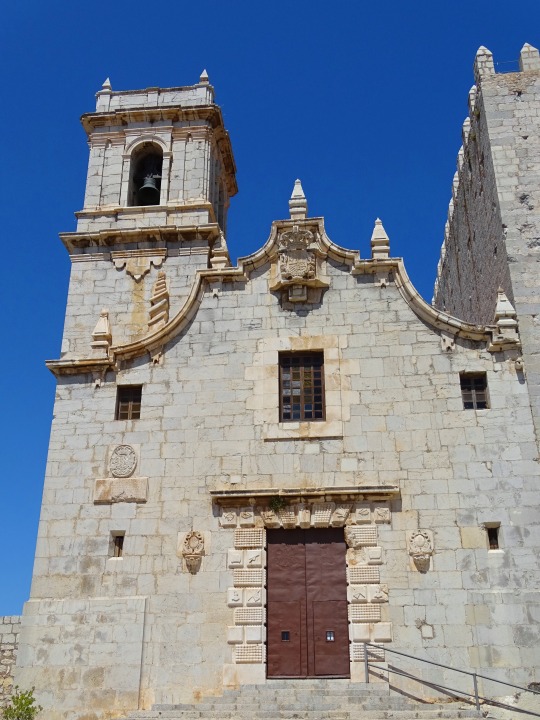



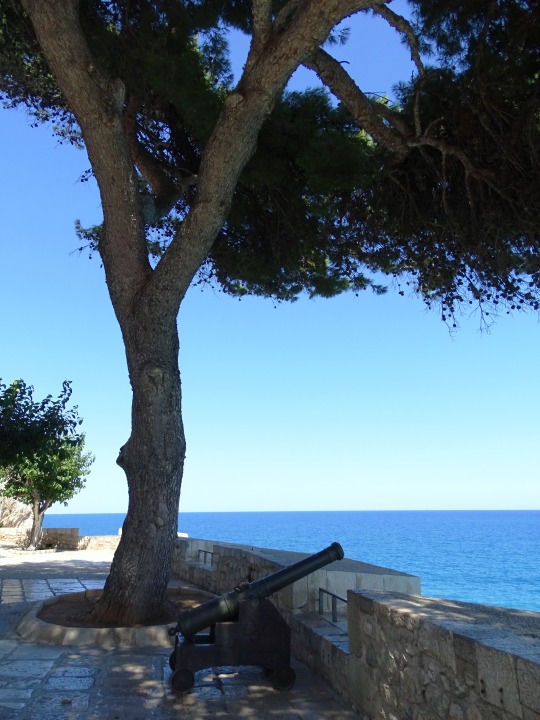
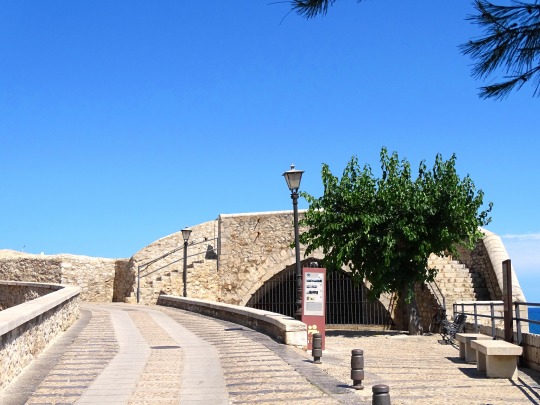




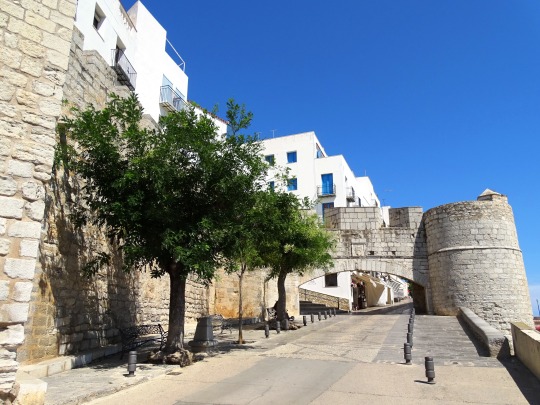
Peñíscola was reconquered by General Francisco Javier de Elío on May 25, 1814.
#Iglesia de Santa María#Mediterranean Sea#Southern Europe#Southern Spain#España#cityscape#architecture#tourist attraction#landmark#vacation#travel#summer 2021#beach#Sant Pere’s Gate#Peñíscola#reconquered#25 May 1814#210th anniversary#Spanish history#original photography#Spain#Castell de Peníscola#alley#Castellón#Valencian Community
6 notes
·
View notes
Video
Mitte im November by Pascal Volk
#Berlin#Berlin Mitte#Europe#Germany#Mitte#Panoramastraße#Marienkirche#St. Mary's Church#Iglesia de Santa María#Fernsehturm#Television Tower#Torre de televisión#Rotes Rathaus#Red City Hall#Ayuntamiento Rojo#Wolken#Clouds#Nubes#Nebel#Fog#Niebla#Urban landscape#Cityscape#Stadtlandschaft#paisaje urbano#Wide Angle#Weitwinkel#gran angular#WA#WW
0 notes
Text


Iglesia de Santa María de la Asunción y del Manzano, Hondarribia
Antonio Íñigo 2024

31 notes
·
View notes
Text

TÍTULO: Crucifixión con Santa Catalina, San Francisco, San Buenaventura (?) y San Juan AUTOR: Bernardino Giovanni Scotti y Giovan Stefano Scotti FECHA: 1490 - 1495 MATERIAL Y TÉCNICA: Tempera DIMENSIONES: 243x143 cm INVENTARIO: 5511 La pintura data aproximadamente de 1495 y procede de la iglesia franciscana de Sant'Angelo en Milán. A falta de documentos, la atribución a los escotos se realiza sobre una base estilística, gracias a las afinidades encontradas con una pintura de tema similar conservada en Como, en el refectorio del monasterio franciscano de Santa Croce en Boscaglia pintada por Felice Scotti. De hecho, el cliente es el mismo (orden franciscana) y las figuras de los dos ladrones, el grupo de Marías y el santo obispo también son idénticas. Ambas obras están influenciadas por un ambiente cultural en el que convergieron la lección de Mantegna así como las experiencias locales de Bergognone, Zenale y Butinone y en el que se formaron las personalidades de Gaudenzio Ferrari (recordado por Lomazzo entre los alumnos de Stefano Scotti) y Bernardino Luini.
Información e imagen de la web de la Pinacoteca de Brera.
7 notes
·
View notes
Text
Tamara Falco's Wedding Tiara
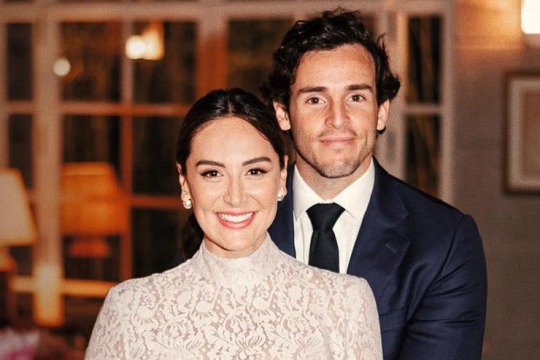
Tamara Falcó Preysler, the 6th Marchioness of Griñón, is marrying Íñigo Onieva Molas tomorrow at Palacio de el Rincón in Madrid and she helpfully already told us which of her family's tiaras she is going to wear! Thanks to @duchess-of-lara for telling me about it because I didn't even realize the wedding was back on after the couple broke up last year. Tamara is a Spanish socialite and TV presenter notable for being the daughter of Isabel Preysler and the sister of Enrique Iglesias.
Tamara has chosen to wear the Montellano Diamond Tiara that was made in the 1920s for her grandmother, Hilda Fernández de Córdoba y Mariátegui, 12th Marchioness of Mirabel, 3rd Countess of Santa Isabel, 10th Countess of Berantevilla, who was married to Manuel Falcó y Escandón, 9th Duke of Montellano, 11th Marquess of Castel-Moncayo, 9th Marquess of Pons, so there's a lot of titles in the family and I don't even think that's all of them. In my opinion, Spain has the best system when it comes to noble titles because they have equal primogeniture meaning women can inherit in their own right and are not skipped over for their younger brothers. Also, if you have more than one you can cede the lesser titles to your younger children so Tamara is the third child of her father but he left her the Griñón title because there were other titles that his older two children were inheriting.
María del Rocío Falcó y Fernández de Córdoba, Countess of Berantevilla, wore the tiara for her debut ball in 1950. Her mother, Hilda, who was the original owner of the diamond tiara, is wearing the Turquoise Bowknot Tiara that was made by Chaumet in 1891 for her own mother-in-law, Carlota Maximiliana de Escandón y Barrón. The top of the tiara has been altered since then and I'm not sure which member of the family owns it now but they loan it out for exhibitions sometimes.
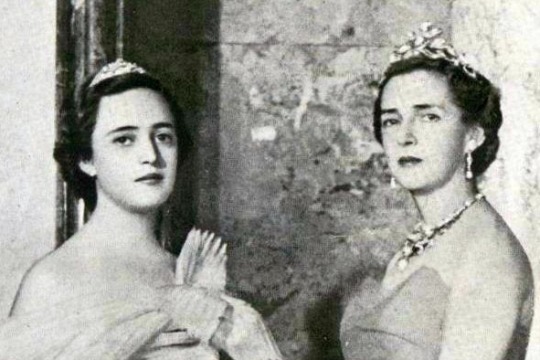
Jannine Girod del Avellanal wore the tiara at her wedding to Carlos Falcó y Fernández de Córdova, 12th Marquess of Castel-Moncayo, 5th Marquess of Griñón, in 1966.
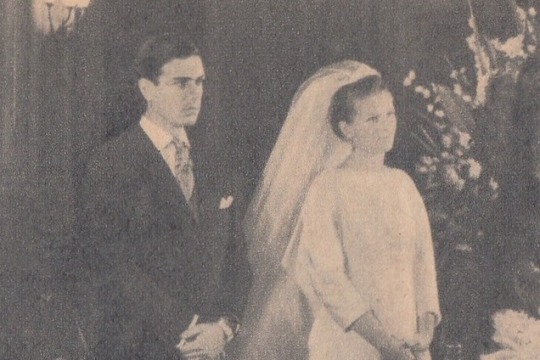
Carla Pía Falcó y Medina, 10th Duchess of Montellano, wore the tiara at her wedding to Jaime Matossian y Osorio in 1981. Carla also appears to own the Wild Rose Tiara made by Chaumet in 1922 but I don't know if it has a longer history in the Falcó family.
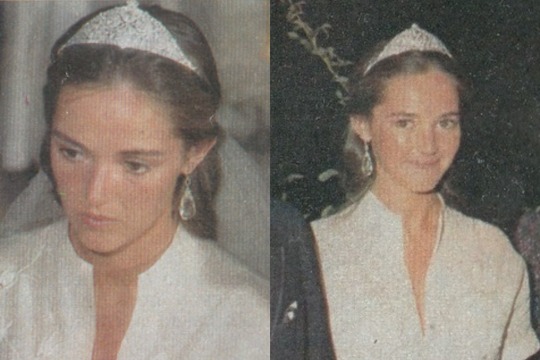
Amparo Corsini Montero wore the tiara at her wedding to Manuel Falcó y Girod, 13th Marquess of Castel-Moncayo, in 1999. Manuel is Tamara's brother and the current owner of the diamond tiara.
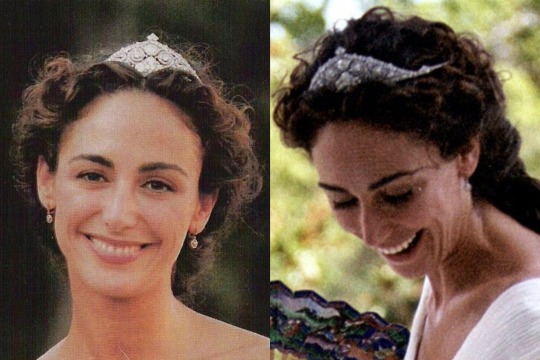
There's also the Montellano Pearl & Diamond that was worn by Tamara's sister, Alejandra Falcó y Girod, 13th Marchioness of Mirabel, at her wedding to Jaime de Carvajal y Hoyos, 17th Marquess of Almodóvar del Río, in 1998 and was worn last year by Isabelle Junot at her wedding to Álvaro Falcó Chávarri, 4th Marquess of Cubas. I think the diamond tiara is the right choice. It has a long history in the family and looks like it would be the easiest to wear.
#Tiara Talk#Tamara Falco#Marchioness of Grinon#Spain#Spanish Aristocracy#Spanish Nobility#diamond#bridal tiara#Duchess of Montellano#Countess of Berantevilla#Marchioness of Castel-Moncayo#Marchioness of Mirabel#I'm always tempted to not translate the titles from Spanish to English like I do with other languages#They just sound so much better in Spanish#Marquesa de Grinon#Duquesa de Montellano#Marquesa de Mirabel#Marquesa de Castel-Moncayo#Condesa de Berantevilla#duchess of lara
74 notes
·
View notes
Text
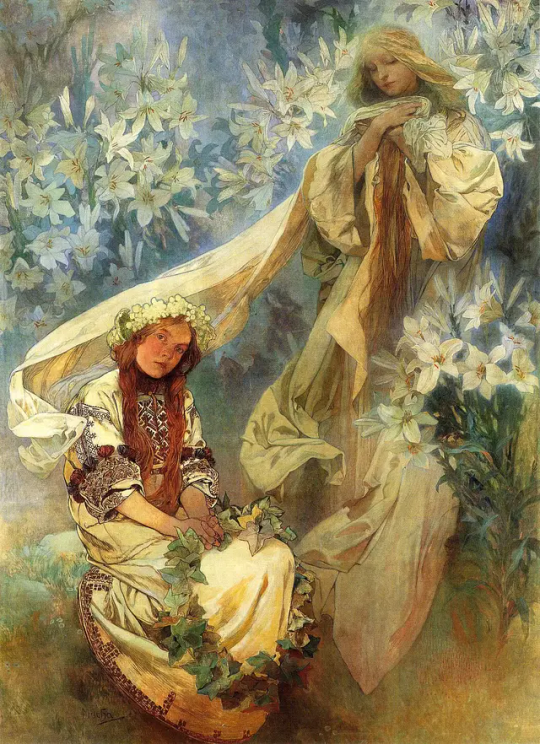
Virgen de los Lirios, Alphonse Mucha, 1905
Información General
Técnica: temple
Soporte o material: lienzo
Dimensiones: 247cm x 182cm .
Obra del gran maestro Alphonse Mucha (Ivaneice, 1860 - Praga, 1939). Fue un pintor, ilustrador y artista gráfico checo que vivió en París durante el período Art Nouveau.
Aunque es una de las obras menos conocidas de este artista, no deja de sorprender el nivel de técnica que lleva.
En 1902, Mucha fue comisionado para decorar una iglesia en Jerusalén dedicada a la Virgen María. La obra es uno de los murales que sería puesto en la iglesia. El proyecto se canceló más adelante por razones desconocidas, así que todo el remanente del encargo terminó en la colección Mucha Trust.
De caracter religioso, representa a María, virgen purísima según palabras de su autor. El fondo está sembrado de lirios que dejan una representación muy clara de lo que el artista quería expresar en la obra.
La santa madre, con aspecto casi infantil, posa vestida de telas muy pesadas cubriendo su pecho y mirando hacia abajo, donde hay una niña vestida con ropa tradicional de la cultura eslava. Ella, con una expresión ligeramente triste, inclina la cabeza hacia la izquierda, lo que nos dirige la mirada hacia la Virgen.
Ambas parecen estar conectadas entre sí por una de las telas del vestido de María. Se cree que la niña representa la vida profana cargada de belleza en el sufrimiento y la felicidad, María entonces al fondo, casi como si flotara, vigilándola desde un punto muy alto. Un encuentro del mundo real y el mundo ideal.
La imagen transmite a quien la ve una sensación serenidad y nostalgia. La virgen, con su expresión tranquila y los colores que lleva, dan la sensación de proteger al observador y la niña, quien tiene una expresión ligeramente triste.
Para dar este efecto, Mucha da uso a su característica paleta con colores poco saturados en una paleta complementaria doble que combina tonalidades azules y verdosas con amarillas y rojizas.
#featured#lunas de alma#analisis del arte#alphonse mucha#art nouveau#arte moderno#modern art#art history#historia del arte
43 notes
·
View notes
Text
Adán y Eva expulsados del Paraíso (Capilla de los Benavente, Medina del Rioseco)
Adán y Eva expulsados del paraíso. Capilla de los Benavente. Iglesia de Santa María de Mediavilla. Medina del Rioseco. Valladolid. Conocida como la «Capilla Sixtina de Valladolid» por su decoración, una de las más singulares de la arquitectura religiosa castellana del siglo XVI, fue mandada construir por el cambista Álvaro de Benavente al arquitecto Juan del Corral y a su hermano, el escultor…

View On WordPress
#Álvaro de Benavente#Capilla de los Benavente#Escultura#España#Francisco Martínez#Iglesia de Santa María de Mediavilla#Jerónimo del Corral#Juan de Juni#Juan del Corral#Medina del Rioseco#Renacimiento#Siglo XVI#Valladolid
1 note
·
View note

